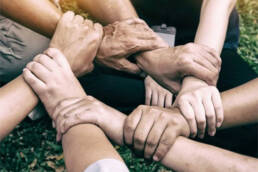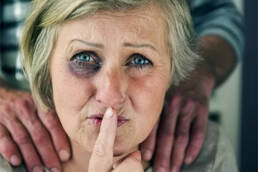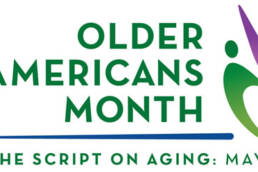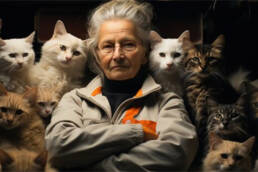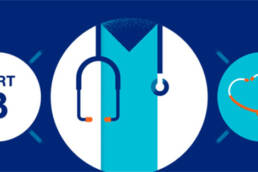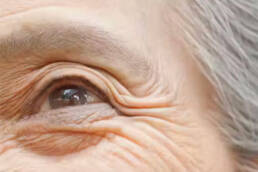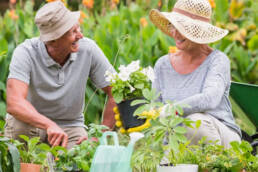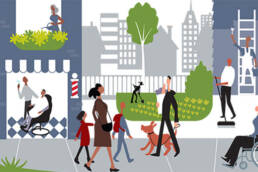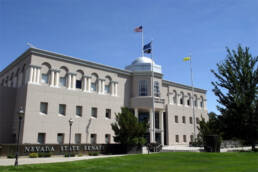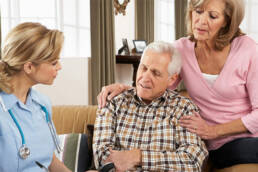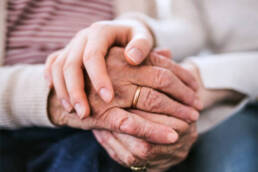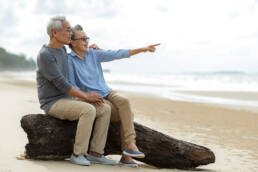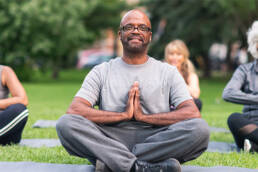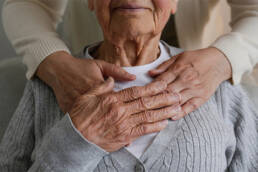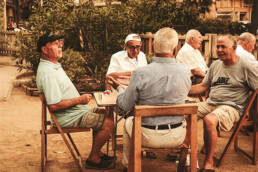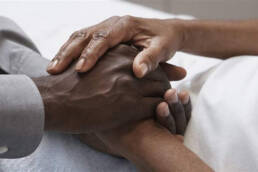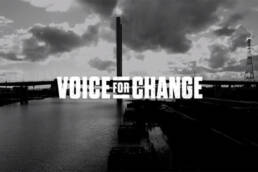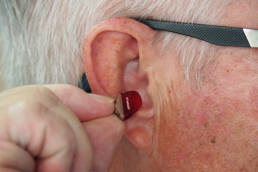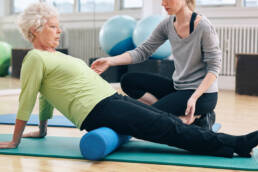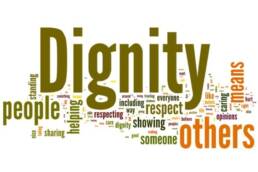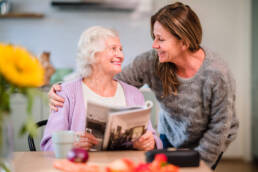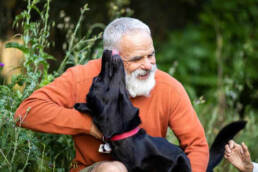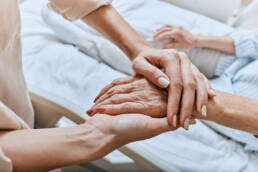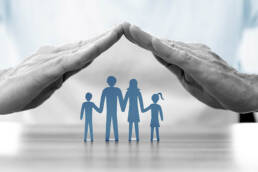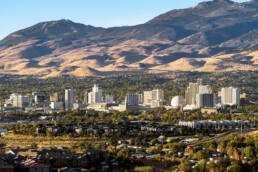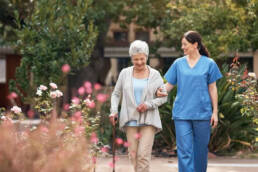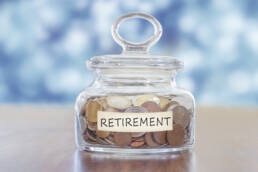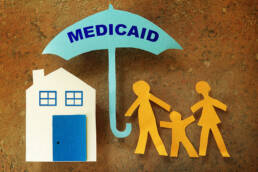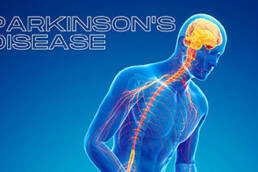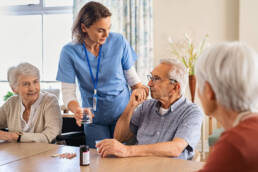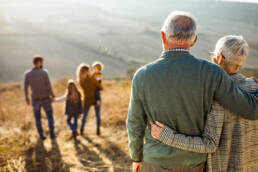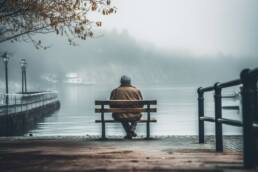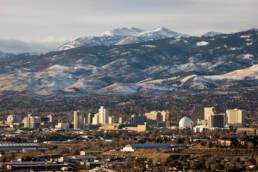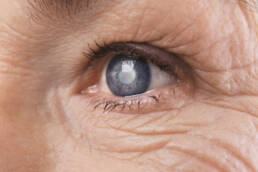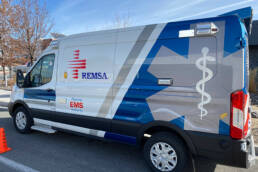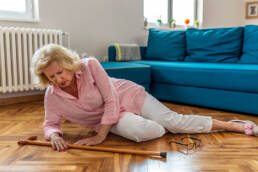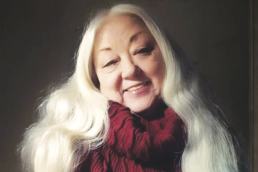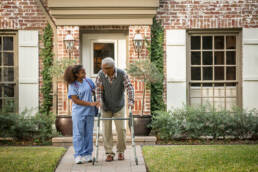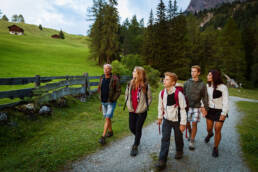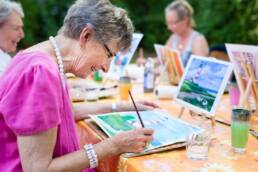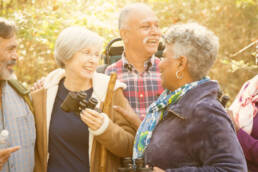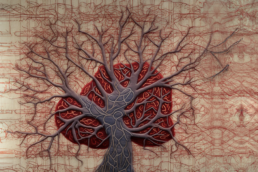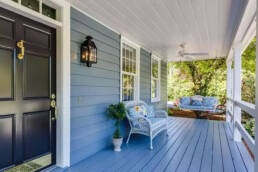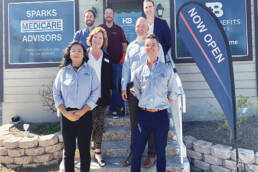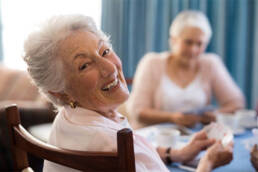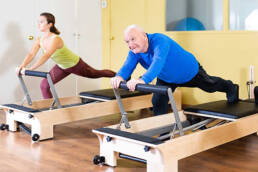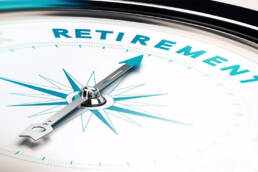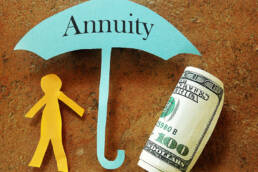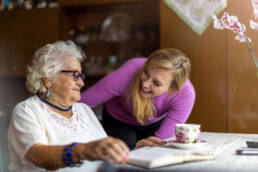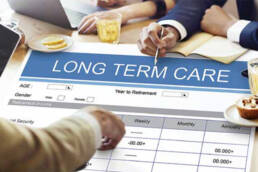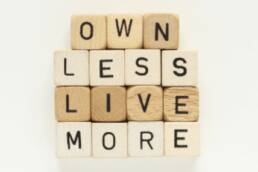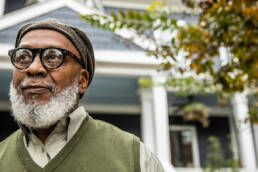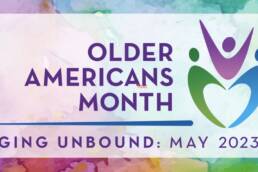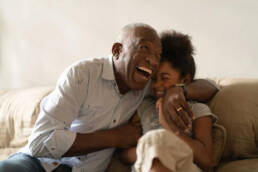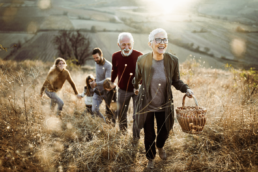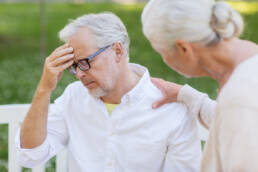Aging alone consists of individuals without children or partners, focusing on trends in fertility and family size. Clearly, I am interested in this since I am aging alone myself. There are, however, other relevant risk factors in which individuals who cannot or choose not to rely upon family for support can face the same issues as those with no family.
According to the U.S. Census Current Population Survey in 2019, 26 percent of those born between 1946 and 1964 (Baby Boomers) were widowed, divorced, or separated and another 9 percent had never married. Some 16.5 percent of those old- er than age 55 were childless, and 40 percent of Baby Boomer households had just one individual. Even with just this information, it is easy to see that the proportion of older adults who could be considered aging alone is not small and may well add up to 30 percent or more of the older adult population.
Prior to the boomers, most people married had kids, and remained in the town where they grew up. There were fewer divorces, earlier and quicker deaths, and closer relationships with family. With the boomers came the pill, women’s liberation, equal opportunity legislation, and easier mobility. The rate of childlessness, whether by choice or by happenstance, doubled with the boomers (U.S. Census, 2021) and has remained high in subsequent generations.
Thanks to the pandemic, isolation and loneliness are now front and center. The media has picked up on the trend as well and along with this came a much greater awareness of aging alone. What had been obscure and rarely discussed in the past is now a topic for discussion. People are finally paying attention to a demographic phenomenon that will, in my opinion, be a significant challenge to individuals and society as the boomers move into their later years.
Aging alone includes those who are aging alone for any reason and do not foresee support of any kind from family. This includes married and/or partnered people in the definition. After all, no one knows who will pre-decease the other and for that reason, both persons should plan to be aging alone at some point.
What do aging-alone persons need to do differently from their counterparts who have children and/or other family support? Actuarily all aging persons should engage in robust planning for their later years—primarily for care and financial support. For most people, that means seeking out a legal professional to help set up powers of attorney for health and financial decisions and updating those documents on a regular basis. What is so challenging for Solo Agers is finding the right people to carry out their wishes.
In addition, providers must continue to enhance services and support to better meet the needs of people aging alone. While there are many supportive services in place, it has been my experience that there is a general underlying assumption that adult children will be available, willing, and able to help when needed. But what happens when there is no family available?
Elders aging alone face unique challenges related to social support and caregiving. Without a spouse or adult children, we lack the immediate family members who can assist us with day-to-day tasks, healthcare decisions, and emotional support. The requirement to find the right people can be so daunting that many of those aging alone just plant their heads in the sand and hope for the best. Not a good plan! However, the planning piece that is most critical for those aging alone is to develop and maintain a social network. Elders aging alone may need to rely upon friends, neighbors, or community organizations as alternative sources of support, especially if they are determined to continue to live alone.
This gap in services became apparent to me when my mom had several emergency room visits and a hospital admission. Even though she had a plan and a clinical liaison followed her progress and worked with the hospitals to ensure a smooth transition back home, the majority of communication with the hospital, the social support during her stay, and the advocacy for her well-being fell to me. It was an extremely stressful time and, as I debriefed the situation, I was troubled about my own future. Being child-free, I will not have a support network. What will happen to me as I get older and possibly need acute medical care? Who will advocate for me? Go to doctor appointments with me? Visit me in the hospital? However, engaging in community activities and building social connections becomes vital for alone elders to combat feelings of loneliness and isolation. Participating in local groups and senior centers, volunteering, or joining interest-based organizations can provide opportunities for meaningful connections and emotional well-being.
Clearly, this one major issue that alone elders have to deal with is where will I live in my older years and who will take care of me if needed. It is important for those aging alone to guard against isolation and loneliness later in life. There are, of course, cultural differences in the way elders are perceived and treated in their communities. All however have to plan where they will live and how will they be cared for when they need it. We are never too early to plan.
There are model senior housing programs across the country that take elders into consideration. They provide access to providers that create plans and have the housing residents volunteer to create socialization and interaction that facilitates good health. Unfortunately, they can be very expensive and most elders cannot afford them. In addition, there are several service providers and even politicians who work on some of these alone elder issues and will do more in the future. So, if we plan and have personal social resources to deal with alone aging, what better way to “add life to years”.
Lawrence J. Weiss, Ph.D. is CEO of the Center for Healthy Aging. Dr. Weiss welcomes your comments on this column. Write to him at [email protected] or c/o Center for Healthy Aging, 11 Fillmore Way, Reno, NV 89519.

